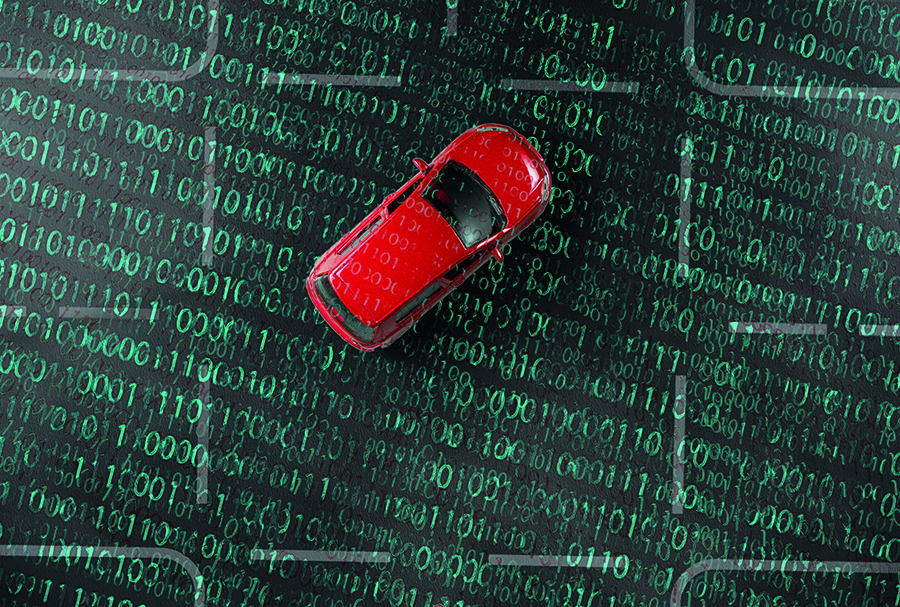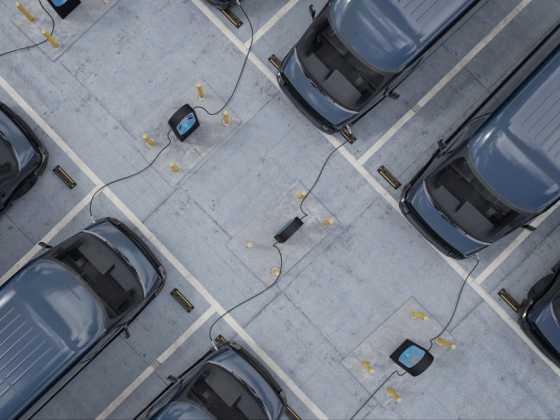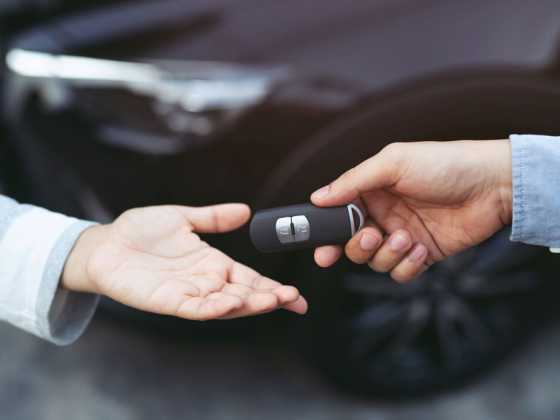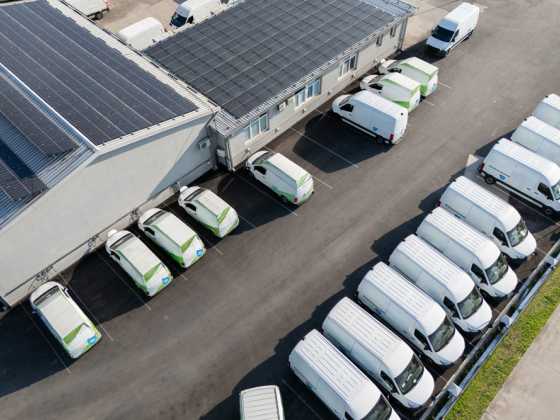Telematics: The insight needed to make decisions

Telematics gives organisations insight into their fleet operations, enabling more informed-decision making for a smoother-running and cost effective fleet
Telematics gathers information on vehicles such as their location, speed, and driving behaviour. Onboard cameras can also be installed to record driving incidents. This type of information gives organisations better visibility of their fleet operations, and allows for inefficiencies to be identified and remedied.
As a result, organisations can save money through lower insurance premiums, lower fuel consumption and through more efficient operations.
Better customer service
One of the benefits of using telematics is improving customer service. Real-time tracking from telematics allows organisations to keep customers updated on location of drivers and provide them with a more efficient service. For example, you can use telematics to show to customers that drivers have been on site, tell them where your drivers are located, and see where other drivers are when support is needed.
Improved compliance
By monitoring driver behaviour through telematics, you can take action on unsafe driving habits before they lead to more serious incidents. Better driving behaviour will help reduce accidents and wear and tear on your vehicles, meaning less expensive insurance claims, less vehicle downtime, and improved safety.
More efficient routes
You can use data from telematics to optimise routes by identifying congested routes. You can also set up zones and geo-fences to identify problem roads or Clean Air Zones so that they can be avoided.
Telematics can also be set up to alert you if your vehicle goes off route so that you can swiftly detect unauthorised use.
Video footage from cameras can be used as evidence to protect firms from false allegations and insurance claims. Onboard cameras can allow you to take control of the claims management process by alerting you of possible incidents. Having video proof can also reduce the number of at-fault incidents.
Benefits for drivers
Drivers may be reluctant to be monitored by telematics, but it increases their safety by allowing employers to locate their whereabouts. Drivers can also use telematics to justify any over-time claims or explain why they were late to a job, protect themselves from false claims resulting from collisions, and safeguard themselves from complaints regarding their driving.
Data from telematics can be made easily available through a full reporting suite. Instant alerts and notifications can also be sent to emails or via text messages as well.
Case studies
Industrial maintenance provider Altrad Services UK is benefiting from vehicle tracking, driver behaviour scoring, and vehicle health alerts from Trakm8. The company has reduced its total fleet mileage by 1.5 million miles, more than halved its accident rate, and average driver scores have soared from a baseline 68 per cent to 97 per cent. In addition, vehicle health alerts help prevent breakdowns and costly repairs, saving the company £20,000 per annum.
The company has also achieved a return on investment due to an 11 per cent reduction in its fuel bill through smoother driving and better vehicle utilisation.
Traffic management solution provider Class One in Scotland has improved its fleet safety and efficiency by deploying a new mobile application with integrated telematics from the Algorithm People.
The mobile app is helping Class One’s workforce carry out daily equipment and vehicle checks, reducing paperwork and leaving a digital record.
The company also required vehicle tracking with driver behaviour analytics to help it cut costs, improve productivity, and enhance road safety. The Algorithm People provided Class One with an integrated telematics and camera solution which is proven to reduce accident rates by up to 39 per cent, improve fuel economy by up to 10 per cent and reduce instances of speeding by up to 35 per cent.
The Royal National Lifeboat Institution (RNLI) has added Masternaut telematics to 650 of its vehicles, which are used for flood response, fundraising support and lifeguard patrol, around the coast of the UK and Republic of Ireland.
This is helping the RNLI to reduce CO2 levels by 25 per cent and improve the safety of its drivers on the road. In addition to that, the RNLI aims to minimise the fuel consumption by 10 per cent as well as reduce the risk of accidents.
Ethical grocer Farmdrop, which runs an electric fleet of over 30 Nissan and Renault vehicles, has seen significant improvements in driver behaviour and fuel/energy use thanks to LEVL and Geotab telematics.
The company’s electric delivery vehicles has been able to monitor electric energy use and fuel high engagement among drivers. In just a few months, Farmdrop has seen a 33 per cent reduction in incidents of poor driving per mile and a 27 per cent reduction in the kW/mile needed for its last mile deliveries in London, Bristol and Bath.






